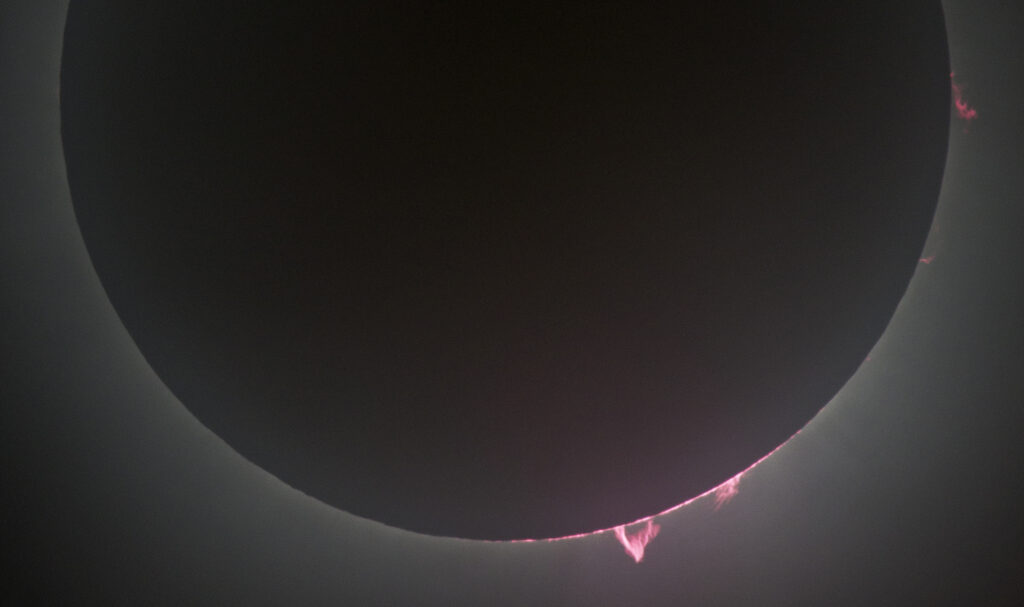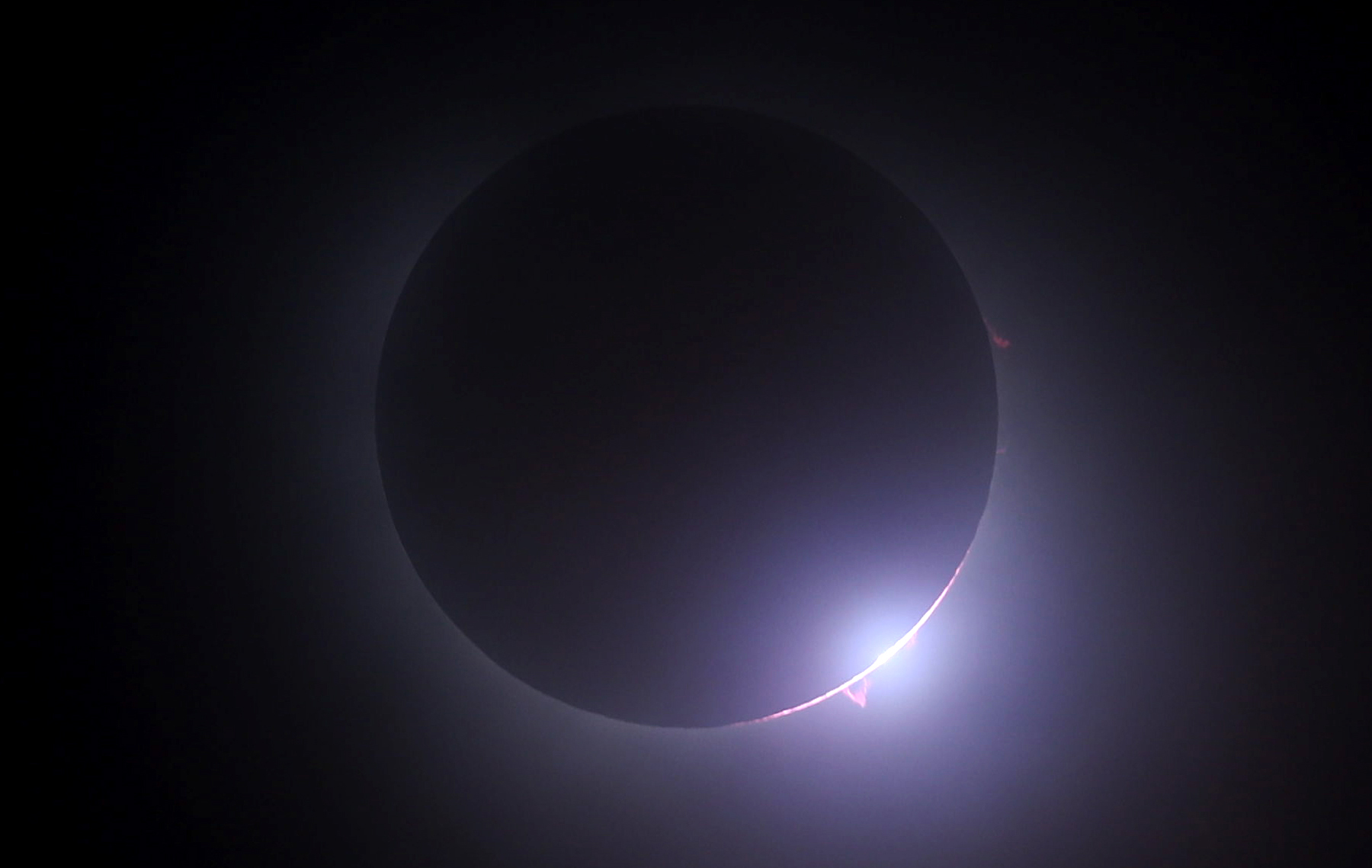A brief history of the Solar Eclipse phenomenon
Records of observed solar eclipses extend back at least 3000 years. In ancient times, civilisations attributed solar eclipses to various myths and stories and surviving textual sources have provided us with basic information about these events. However, the information contained in such ancient texts is often scant and leaves us with many unanswered questions. In his historical overview of solar eclipses Italian astronomer Pierre Secchi (Secchi, 1875) noted Plutarch claiming that “Even if the Moon, however, does sometimes cover the Sun entirely, the eclipse does not have duration or extension; but a kind of light is visible about the rim which keeps the shadow from being profound and absolute.” This statement may be the first written evidence of the existence of the solar corona (Prickard, 1911).
After the total solar eclipse of 1842, visible from Europe, our knowledge of the solar atmosphere was greatly expanded. In 1896 Young found that the shape of the solar corona varies with the 11-year cycle of solar activity (Young, 1896). Meanwhile, the first studies of the solar spectrum had begun, including spectral analysis of solar flares and the highest layers of the solar atmosphere – the chromosphere and the corona. In 1869, a green emission spectral line, observed in the coronal spectrum, was “identified” with an unknown chemical element on Earth – “coronium”. It became clear that the solar corona needed to be carefully studied using a variety of techniques for the analysis of light – photography, photometry, spectroscopy and polarimetry. However, visual observations remained an important technique to study the corona during solar eclipses.
Major improvement of the optical technique for studying the solar corona was established during the period 1900-1930, including extensive progress in photography. Some monochrome photographs from this period remain as classical examples of eclipses during different phases of solar activity. Significant results were also achieved in spectroscopy, enabling scientists to confidently distinguish coronal lines from those of chromosphere and prominences – eighteen coronal spectral lines were identified.
April 8, 2024, Mexico
The total solar eclipse observation expedition of the Institute of Astronomy and NAO, Bulgarian Academy of Sciences is over. Our small team of four people of IANAO (Petrov N., Tsvetkov Ts., Zinkova Y., and Minev M.) and a friend of astronomy (Panayotov S.) conducted the expedition in the period 06-12 April on the territory of Mexico. Our team was located in the vicinity of Trincheras, about 200 km northwest of Monterrey, Mexico.
Regardless of the small number of participants, we were able to carry the necessary equipment to fulfil our observational tasks. Main observational tasks during this eclipse for us were related to: polarization observations, determining the fine structure and general shape of the corona (ellipticity), recording of shadow bands, ground wind reports (direction and speed) and temperature.

Our team was located in a perfect location for observations – away from cities and crowds, ideal for our equipment.
We had done our preparation and advance research for locations with suitable weather conditions but we didn’t have the best of luck with clear and cloudless sky. There was cloud cover along the path of the moon’s shadow for almost the entire territory of Mexico for about 850 km. However, we were lucky enough to observe and photograph the solar eclipse through the thin cloud cover from the beginning to the end of this phenomenon. We got good images during the partial phases of the solar eclipse, as well as images of the solar corona during the total solar eclipse phase.

The solar corona during the total solar eclipse of April 8, 2024.

Diamond ring – the photo was taken immediately after the totality, when the sun’s rays, hidden until now by the dark lunar disk, shine again.

Solar prominences and a part of the pink chromosphere, a moment before the end of totality
Yes, it could have been better, but for such expeditions and observations, luck is always needed. We have our hopes for an opportunity to carry out another such expedition. We hope for better luck on August 12, 2026, as well as better and clearer sky. Until then, we have to process the observations received from the already carried out expeditions, which we will show again on this website.
Acknowledgment: This work is supported by the National Science Fund of Bulgaria with contract No. KP-06-N64/3 and KP-06-M78/1.
References
Prickard, A. O.: 1911, Plutarch on The Face which appears on the Orb of the Moon, Simpkin and co., ltd., stationers’ hall court, London, p. 74.
Secchi, P. A.: 1875, Le Soleil, Deuxieme edition, revue et augmentee, Gauthiers-Villars, Imprimeur-Libraire, Paris, p. 330.
Young, C. A.: 1896, The sun, D. Appleton and Company, New York, pp.237-276.

